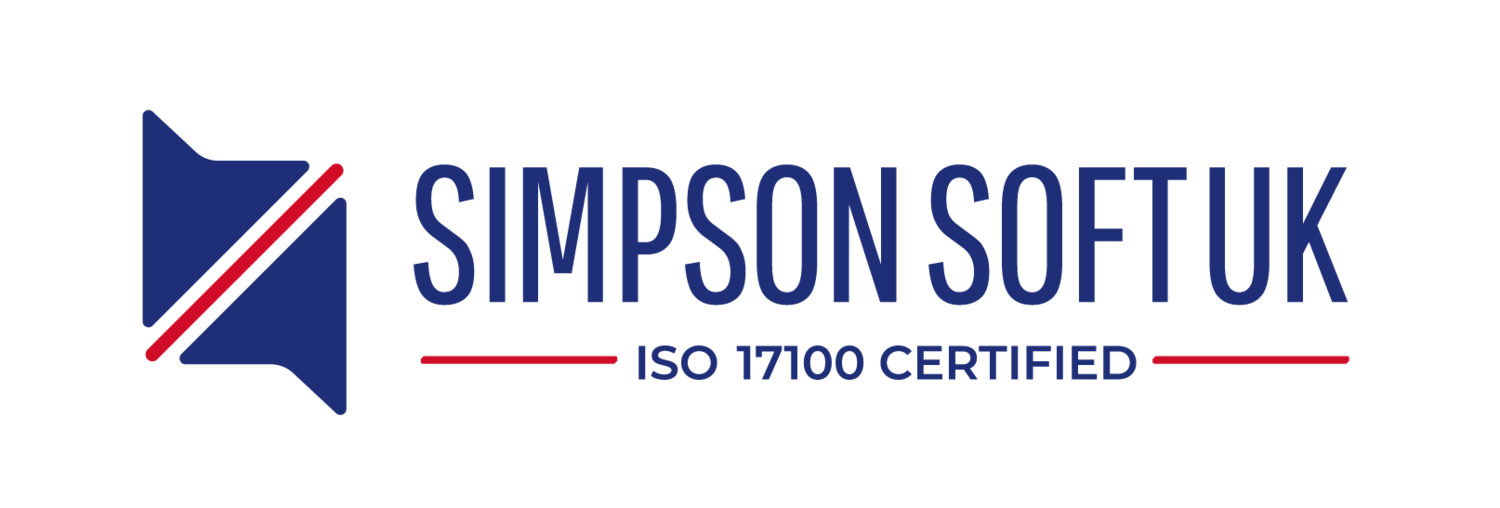Trends In The Translation Industry In 2023
“The limits of my language mean the limits of my world.”
— Ludwig Wittgenstein
Translation helps broaden the horizons of your world and your business. It opens up limitless possibilities and opportunities. More than 7000 languages are currently spoken in the entire world. Amidst all of these vastly diverse languages, humans find a need to communicate and connect with one another. This extra step we take in order to form a coherent connection with other people is what makes human beings an admirable species.
Day by day, as businesses move toward a more globalised front along with the rapid rise of online communications, the translation industry is expected to keep up and keep evolving. A good number of companies and governments now publish and advertise their content in different languages. The numbers speak for themselves:
The global language services market was estimated at USD 60.68 billion in 2022 and by the end of 2032 is expected to reach USD 96.21 billion.
What Trends Can The Translation Industry Expect In 2023
There are exciting new developments and trends this year. Some have already gained popularity and are bringing in positive changes. Discussed below are 5 of these new trends:
1. Multi-lingual SEO Strategy
Multilingual SEO is a freshly famous strategy adopted by many companies in order to optimise the company’s content and make it easier for people from different countries to discover. It effectively expands the reach of a company’s website and customer satisfaction being directly proportional also increases.
2. Demand For Translation and Interpreting Service
Translation is essential for propagating new information and ideas around the world. Companies are eager to create the next big thing and spread their ideas. This opens up a huge number of opportunities for Interpreters from many languages.
World events and crises have also accelerated the need for skilled translators and interpreters. Consider the most recent situation between Ukraine and Russia for instance. Over 2 million Ukrainians fled their homes. The need for translation grew.
First-time downloads of the country’s top translation apps have grown 71 percent month-over-month.
Global pharmaceutical companies and national health services need to react quickly in order to safeguard their clinical programmes and patients. This means an increased demand for Ukrainian translators.
Read more:
3. Post-editing Machine Translation
It is true that regardless of its advantages in speed, AI will never truly overpower the subtle art of human translation. Machine translation is when content is entered into a machine and programmed to be translated. The translation formulated is usually 60-90% accurate. This machine translated content is then reviewed by translators or translation companies who check the material and bring it up to a professional level.
4. Transcreation
Created by combining “translation” and “creation”, it essentially helps companies localise their content better for foreign audience. Here, the translator has to convey the original intention of a company’s market material to a new audience. During this process entire block of content is bound to change but the intent behind the message should remain the same.
5. Video Remote Interpreting Technology
Among the many new technological tools that support translation, this tool evidently stands out. VRI is a sign language interpreter that allows people who are deaf or hard of hearing communicate with a hearing person in the absence of an on-site interpreter. It bridges the gap between on-site interpreting services and telephone interpreting services.
These were the top 5 trends that are disrupting the language industry this year. Exciting times ahead!






